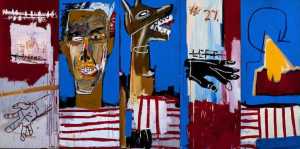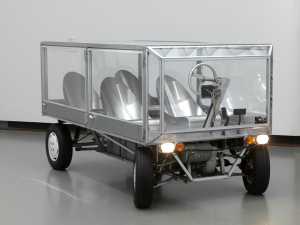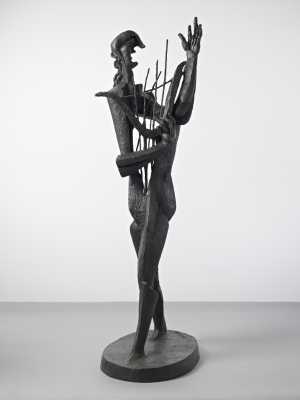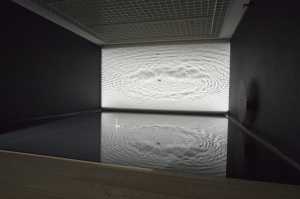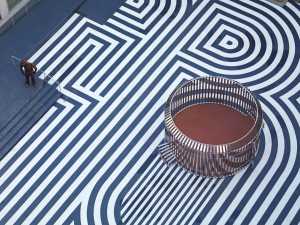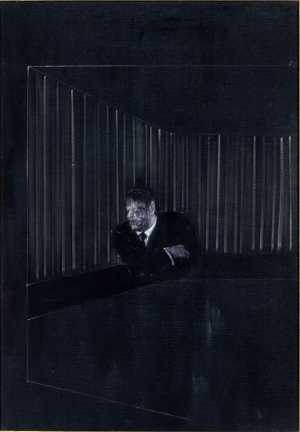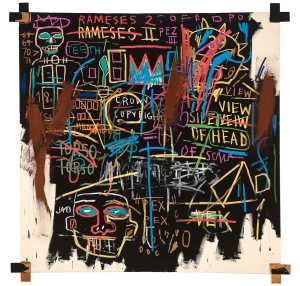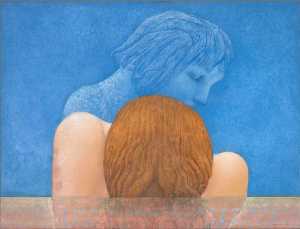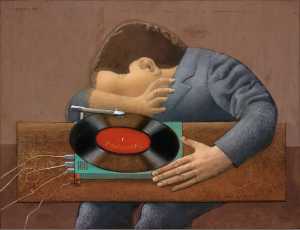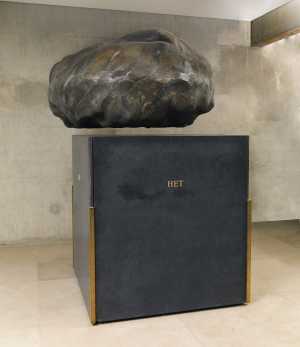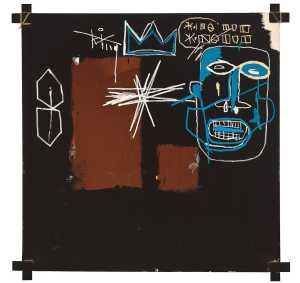Specifications
| Title | Métronome |
|---|---|
| Material and technique | Metronome, chalk on paper |
| Object type |
Sculpture
> Three-dimensional object
> Art object
|
| Location | This object is in storage |
| Dimensions |
Height 22 cm Width 15 cm Depth 13 cm |
|---|---|
| Artists |
Artist:
Salvador Dalí
|
| Accession number | BEK 1868 (MK) |
| Credits | Purchased with the support of VriendenLoterij, 2011 |
| Department | Modern Art |
| Acquisition date | 2011 |
| Creation date | in 1944 |
| Entitled parties | © Salvador Dalí, Fundación Gala-Salvador Dalí, c/o Pictoright Amsterdam 2022 |
| Provenance | Selznick International Pictures, Los Angeles; private collection; The Mayor Gallery, London |
| Exhibitions | Frankfurt 2011; Vancouver 2011; Rotterdam 2013-14a; Ferrera/Stuttgart 2015-16; Rotterdam 2017b |
| Internal exhibitions |
The Collection Enriched (2011) Een paraplu, een naaimachine en een ontleedtafel. Surrealisme à la Dalí in Rotterdam. (2013) De collectie als tijdmachine (2017) Collectie - surrealisme (2017) |
| External exhibitions |
The Colour of My Dreams: The Surrealist Revolution in Art (2011) De Chirico in Ferrara 1915-1918. Metaphysical Painting and European Avant-garde (2015) De Chirico in Ferrara 1915-1918. Metaphysical Painting and European Avant-garde (2016) Art or Sound (2014) Dalí, Magritte, Man Ray and Surrealism. Highlights from Museum Boijmans Van Beuningen (2023) Surrealist Art - Masterpieces from Museum Boijmans Van Beuningen (2021) Surreal Objects (2011) Dal nulla al sogno (2018) A Surreal Shock – Masterpieces from Museum Boijmans Van Beuningen (2021) Only the Marvelous is Beautiful (2022) A Surreal Shock. Masterpieces from Museum Boijmans Van Beuningen (2023) |
| Research |
Show research A dream collection - Surrealism in Museum Boijmans Van Beuningen |
| Literature | Ades 1995, pp. 203-04; Frankfurt 2011, pp. 227-28 |
| Material | |
| Object |


